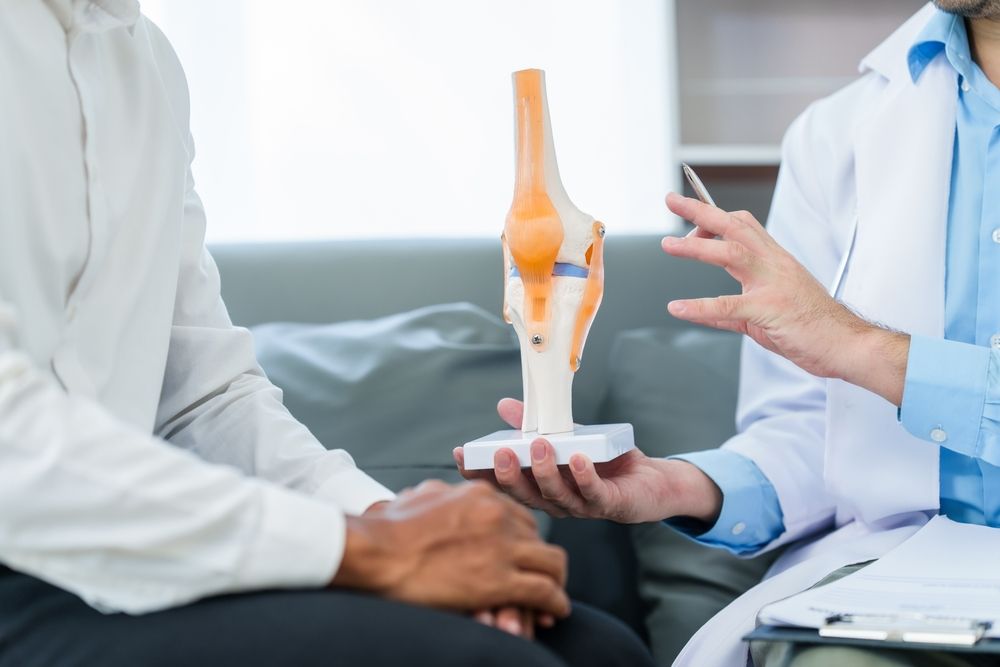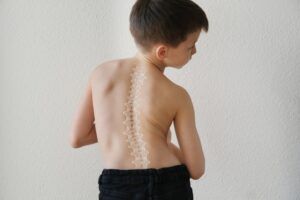Orthopedic health plays a vital role in overall well-being, impacting our ability to move, work, and enjoy daily activities. For residents of Bloomfield, Englewood, and Union City, NJ, Dr. Jay Reidler at Spine, Neck, & Back Specialists provides expert care for various musculoskeletal issues. In this guide, we’ll explore some of the most common orthopedic conditions, their symptoms, and available treatments to help you understand and manage these challenges effectively.
Osteoarthritis: A Degenerative Joint Condition
Osteoarthritis is one of the most prevalent orthopedic conditions, affecting millions of individuals worldwide. It is a degenerative joint disease that results from the gradual breakdown of cartilage—the smooth tissue covering the ends of bones in a joint. As the cartilage wears down, bones begin to rub against each other, leading to pain, swelling, and reduced mobility.
Symptoms of Osteoarthritis:
- Joint pain that worsens with activity
- Stiffness, especially after periods of inactivity
- Swelling around the affected joints
- Loss of flexibility or range of motion
Treatment Options: Osteoarthritis management may involve physical therapy, weight management, medication, or injections. In severe cases, surgical options such as joint replacement may be considered to restore function and alleviate pain.
Herniated Discs: When Spinal Discs Cause Discomfort
A herniated disc, also known as a slipped or ruptured disc, occurs when the soft, gel-like interior of a spinal disc protrudes through a crack in its tougher exterior. This condition can irritate nearby nerves, leading to pain, numbness, or weakness in the back, neck, or limbs.
Symptoms of a Herniated Disc:
- Lower back pain, especially when sitting or bending
- Radiating pain down the arms or legs
- Numbness or tingling in the affected area
- Muscle weakness in the limbs
Treatment Options: Conservative treatments such as physical therapy, anti-inflammatory medications, and epidural steroid injections are often effective. Surgery may be recommended if symptoms persist or worsen despite non-invasive treatments.
Tendinitis: Inflammation of Tendons
Tendinitis is an inflammation or irritation of a tendon, the thick cord that connects muscle to bone. It is usually caused by repetitive motion or overuse, making it common among athletes and individuals with physically demanding jobs.
Symptoms of Tendinitis:
- Pain or tenderness near a joint
- Swelling and warmth around the tendon
- Stiffness, particularly in the morning
- Weakness in the affected area
Treatment Options: Initial treatment often involves rest, ice, and anti-inflammatory medications. Physical therapy exercises can help strengthen the affected tendons. In some cases, corticosteroid injections or minimally invasive procedures are used to relieve pain and promote healing.
Bursitis: Irritation of the Bursae
Bursae are small, fluid-filled sacs that cushion the bones, tendons, and muscles near joints. Bursitis occurs when these sacs become inflamed, typically due to repetitive movements or pressure. It most commonly affects the shoulders, elbows, and hips.
Symptoms of Bursitis:
- Aching or stiffness in the affected area
- Swelling and redness around the joint
- Pain that worsens with movement or pressure
- Warmth in the inflamed region
Treatment Options: Rest, ice, and anti-inflammatory medications are the first steps in managing bursitis. Physical therapy can aid in recovery, while severe cases may require aspiration (draining the fluid) or surgery to remove the inflamed bursa.
Carpal Tunnel Syndrome: A Common Nerve Condition
Carpal tunnel syndrome is a condition caused by the compression of the median nerve as it travels through the wrist. This nerve provides sensation and movement to parts of the hand, and its compression can lead to pain and dysfunction.
Symptoms of Carpal Tunnel Syndrome:
- Numbness or tingling in the thumb, index, and middle fingers
- Weakness in the hand, making it difficult to grip objects
- A burning sensation that may extend up the arm
- Pain that worsens at night or with repetitive hand movements
Treatment Options: Wrist splints, anti-inflammatory medications, and physical therapy can help alleviate symptoms. Severe cases may require surgical intervention to release the pressure on the median nerve.
Rotator Cuff Injuries: Impacting Shoulder Function
The rotator cuff is a group of muscles and tendons that stabilize the shoulder joint. Injuries can range from mild strains to complete tears, often resulting from overuse, trauma, or degeneration.
Symptoms of Rotator Cuff Injuries:
- Shoulder pain, especially when lifting or reaching
- Weakness when rotating or raising the arm
- A clicking or popping sensation in the shoulder
- Limited range of motion
Treatment Options: Initial management includes rest, ice, and physical therapy exercises to strengthen the shoulder. If symptoms persist, corticosteroid injections or surgical repair may be necessary.
Scoliosis: Curvature of the Spine
Scoliosis is a condition characterized by an abnormal curvature of the spine. It can occur in children and adolescents, but adults can also develop scoliosis due to degenerative changes in the spine.
Symptoms of Scoliosis:
- Uneven shoulders or hips
- Visible curve in the spine
- Back pain or discomfort
- Fatigue due to muscle strain
Treatment Options: For mild cases, observation and physical therapy may suffice. Bracing is an option for children and adolescents to prevent worsening curvature. Severe cases might require surgical correction to realign the spine.
Managing and Preventing Orthopedic Conditions
Understanding the causes and risk factors of orthopedic conditions is key to prevention and management. Here are some tips to maintain musculoskeletal health:
- Engage in Regular Exercise: Strengthening muscles and maintaining flexibility can reduce the risk of injury. Incorporate aerobic activities, resistance training, and stretching exercises.
- Use Proper Body Mechanics: Whether lifting heavy objects or performing repetitive tasks, ensure you use the correct techniques to avoid strain on your muscles and joints.
- Maintain a Healthy Weight: Excess weight can place additional stress on joints, particularly the knees, hips, and lower back. Weight management can prevent degenerative conditions like osteoarthritis.
- Warm Up Before Activities: Take time to stretch and warm up before engaging in physical activities to prepare your muscles and joints for the task ahead.
- Take Breaks: If your work involves repetitive motions, take regular breaks to stretch and rest your muscles. This can prevent conditions like tendinitis and carpal tunnel syndrome.
Comprehensive Care for Orthopedic Conditions
If you’re experiencing symptoms of any orthopedic condition, seeking timely care can prevent further complications and aid in recovery. At Spine, Neck, & Back Specialists, Dr. Jay Reidler is dedicated to providing personalized care for individuals in Bloomfield, Englewood, and Union City, NJ. With advanced diagnostic tools and a range of treatment options, Dr. Reidler and his team are equipped to address musculoskeletal issues with precision and expertise.
Addressing orthopedic concerns early is essential to maintaining an active and pain-free lifestyle. Understanding the symptoms and treatments available can empower you to make informed decisions about your care. Comprehensive orthopedic care can improve your quality of life, whether you’re dealing with a sports injury, chronic condition, or age-related issue. For more information or to schedule an appointment, contact Spine, Neck, & Back Specialists—your partner in orthopedic health.
Sources
- Palastanga, N., Field, D., & Soames, R. (2018). Anatomy and Human Movement: Structure and Function. Elsevier.
- Dutton, M. (2020). Orthopaedics for the Physical Therapist Assistant. Jones & Bartlett Learning.
- Foye, P. M., & Patel, K. (2019). Spine Care: A Rehabilitation Guide. Springer.




